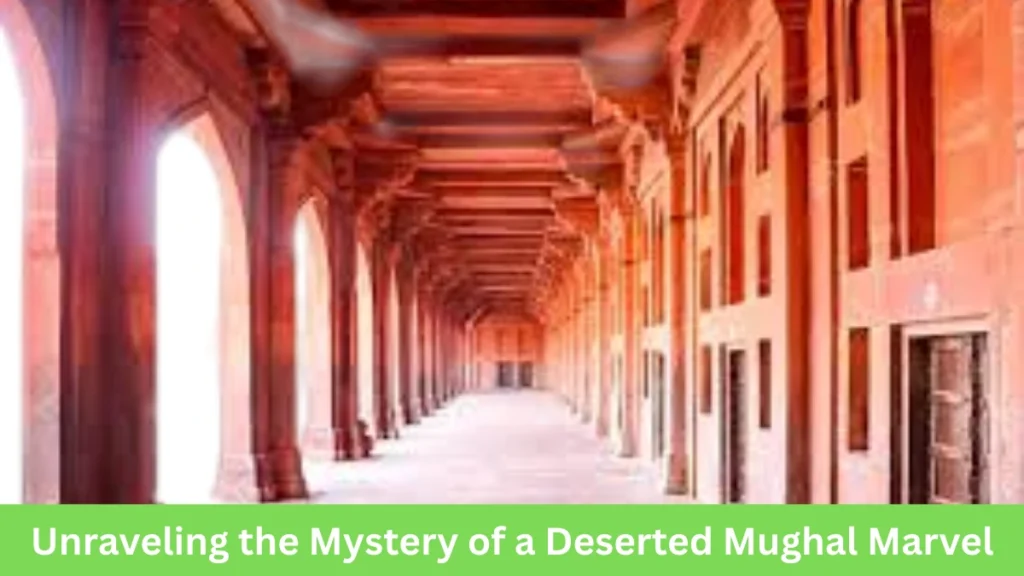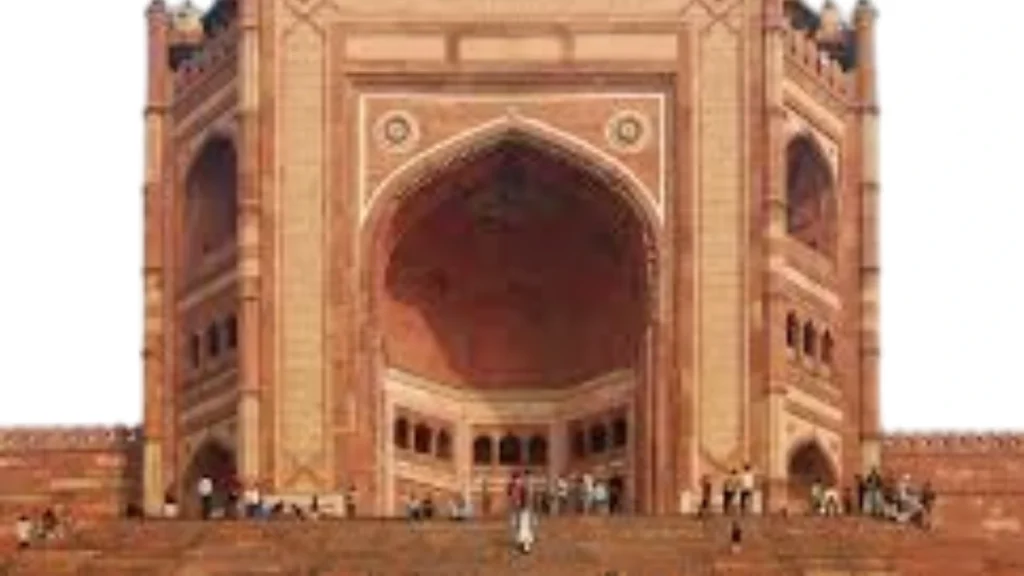Why Was Fatehpur Sikri Abandoned by Akbar?

Introduction: The Ghost City That Once Ruled an Empire
The haunting beauty of Fatehpur Sikri has always fascinated me. From the top of its crimson sandstone ramparts, I couldn’t help but ask: Why did Emperor Akbar desert this grand capital a mere 14 years after he had it built?
Today, we’ll explore history to uncover the mystery of the strange move. Between water wars and geopolitical chess games, the tale is as riveting as the ruins themselves
1. The Rise of Fatehpur Sikri: Akbar’s Dream City

History of Fatehpur Sikri, Fatehpur Sikri Architecture, Fatehpur Sikri Today Fatehpur Sikri today is as a ghost town, abandoned at its peak, and remains as a history museum, offering the world one of the best examples of Mughal architectural splendor at the Salim Chishti shrine among others.
When I step through the Buland Darwaza, Akbar’s vision is revealed to me for the first time. In 1571, he erected Fatehpur Sikri to commemorate the birth of his son and heir, Jahangir, who later was the source of disputes by Salim Chishti. This was no ordinary capital:
A Fusion of Faiths: Mingled with Hindu, Islamic and Persian designs, it represented Akbar’s syncretic ideals.
Architectural Genius: The Panch Mahal, Diwan-i-Khas, and Jama Masjid will still leave you amazed.
Religious Heartbeat: The marble shrine of Salim Chishti turned into a pilgrimage center, and several thousands still flock there.
Yet by 1585, Akbar had emptied his “City of Victory.” Let’s dig into why.
2. The Thirsty City: Water Scarcity’s Ruthless Grip
Imagine a city without water. Whereas Agra was vast and undefined, Fatehpur Sikri’s siting — atop a rocky ridge — was its Achilles’ heel. In researching it, I came across some mind-altering facts:
Geographical Trap: No rivers at all. The city depended on artificial lakes and rainwater harvesting.
Collapsing Systems: The ruins of a failed waterwork were discovered by archaeologists. The lake dries up entirely in the 1580s.
Climate’s Role: Tree-ring studies show during the reign of Akbar, there were serious droughts making city’s existence unsustainable.
Akbar hadn’t merely lost a capital; he had lost a bet with nature.
3. Strategic Shifts: Lahore Beckons

Akbar was a ruler who thought only of expansion. Here’s why he made the switch to Lahore:
Northwest Frontier Wars: Uprisings in Afghanistan necessitated a closer base. Lahore was the military pivot.
Trade Routes: Those who ruled the Silk Road got rich and powerful. Fatehpur Sikri was too lonely.
The Final Blow: Water was scarce and there were rebellions in Akbar’s empire; it was empire first, than symbols.
4. Behind the Scenes: Politics and Empty Coffers
And it is expensive to hold a capital. Let’s unpack the secret agonies:
Noble Discontent: The Court elites loathed the isolated location. “Why do this here when Agra offers luxuries?” they grumbled.
Financial Drain: The construction of water systems and palaces depleted the treasury. No water, no agriculture — no taxes.
Administrative Nightmare: Rule from Fatehpur Sikri slowed responses to crises. Efficiency demanded a move.
5. Legacy: Why Fatehpur Sikri Still Matters
NaNForlorn but not forgotten, the legacy of Fatehpur Sikri endures:
UNESCO Gem: Architecture that is admired tearound the world. I’ve watched tourists be amazed by the skill of the carving for an hour.
Living Shrine: Believers continue to tie threads on Salim Chishti’s tomb, praying for grace.
History’s Lesson: A reminder that even empires bow to nature and necessity.

My name is Radha Sharma and I live in Agra. I have started this first blog of my life Agrafast.in to make my future in blogging by watching videos of many big bloggers through the internet for a long time.

